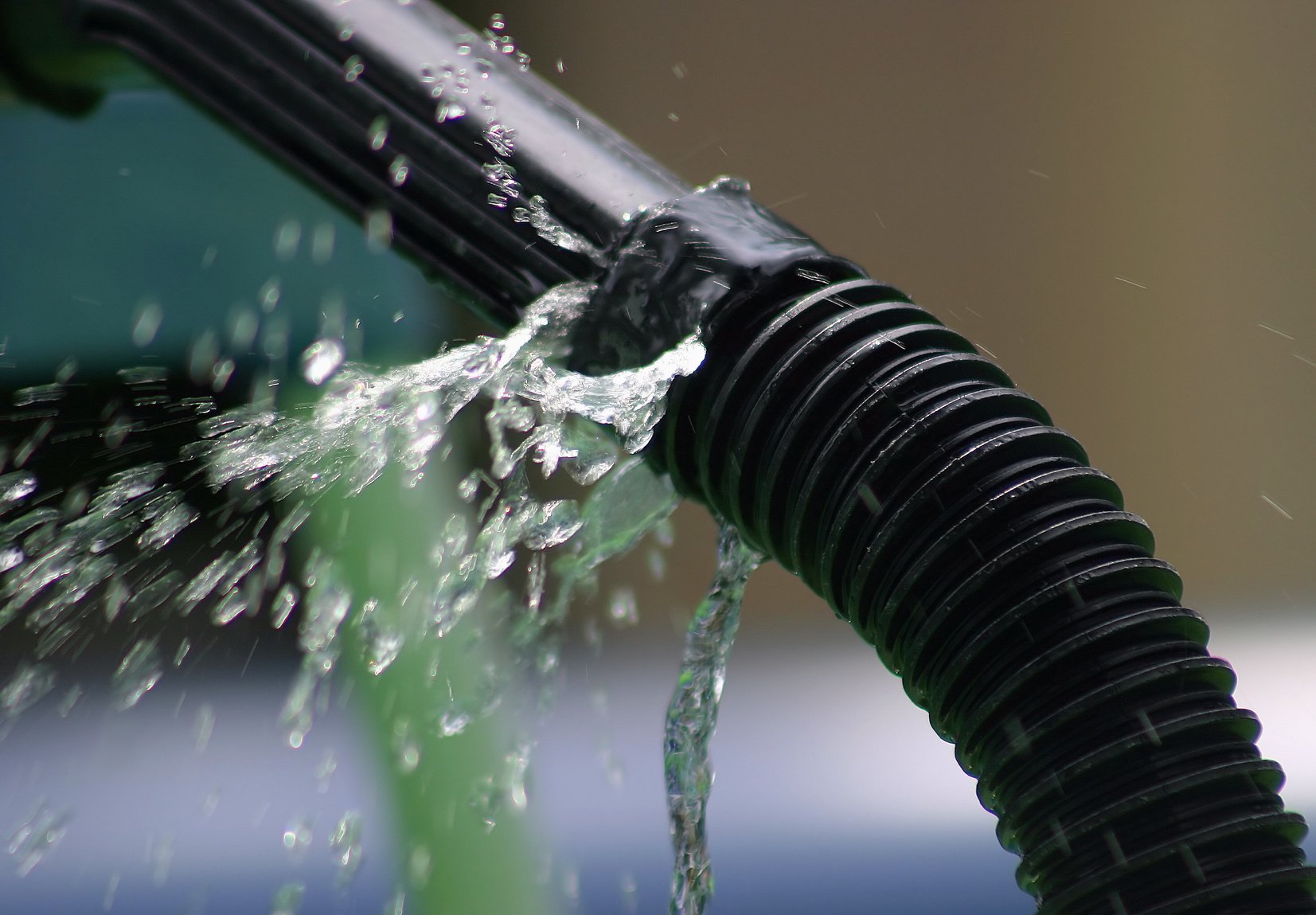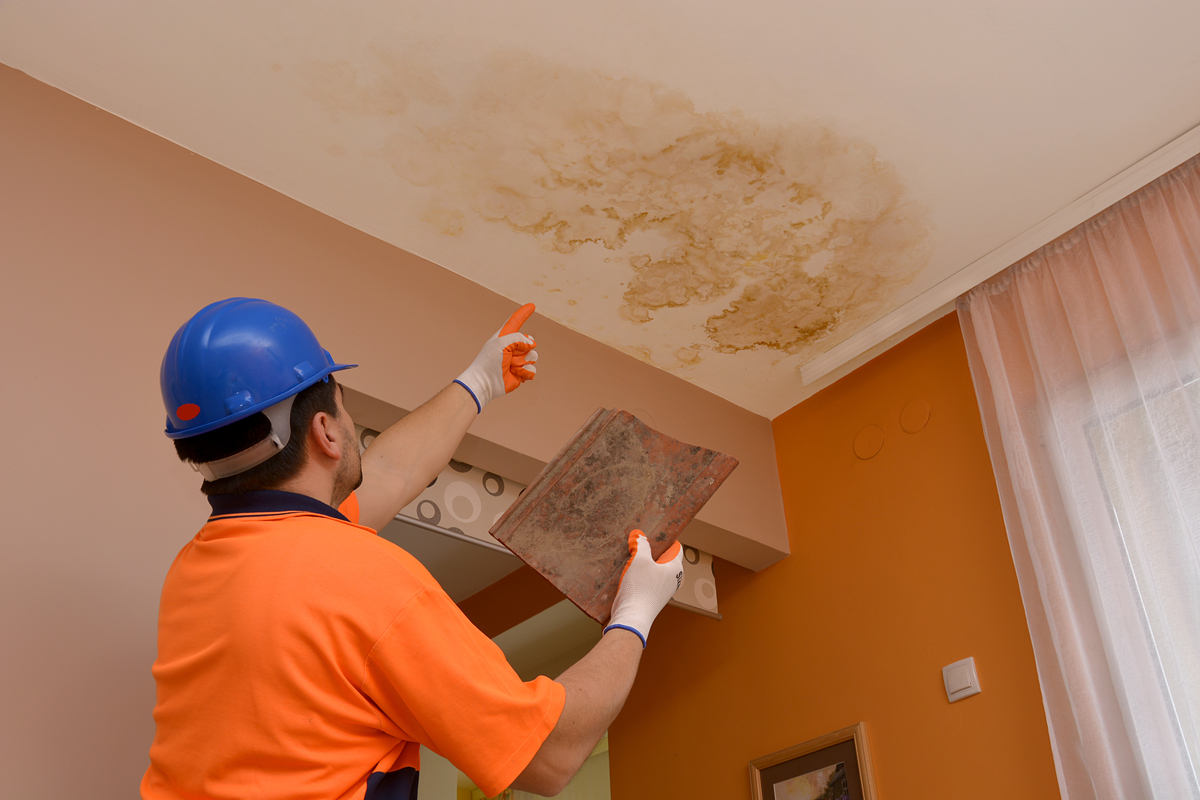Familiarize Yourself With 6 Common Reasons For Water Seepage Within Your Home
Familiarize Yourself With 6 Common Reasons For Water Seepage Within Your Home
Blog Article
Have you been trying to find advise around Most Common Causes of Leaky Pipes?

Leaks not just trigger waste of water yet can likewise cause unnecessary damage to your residence and also advertise undesirable natural development. By looking and comprehending for day-to-day circumstances that trigger leaks, you can protect your residence from future leaks and unneeded damage.
Encroaching roots
The majority of water leakages begin outside your house rather than inside it. If you notice an unexpected reduction in water stress, claim in your faucet, take time to go out and also examine your backyard. You might observe damp spots or sinkholes in your backyard, and that may imply that tree origins are getting into water lines causing water to seep out. You can have your plumber look for invasion, particularly if you have trees or hedges near your residential property.
Rusty water systems
This may be the cause of staining or warping on your water pipelines. If our plumbing system is old, think about replacing the pipelines because they are at a greater risk of deterioration than the newer models.
Faulty Pipeline Joints
Pipeline joints can weaken over time, resulting in water leaks. If you have noisy pipes that make ticking or banging sounds, particularly when the hot water is turned on, your pipe joints are probably under a lot of stress.
Instantaneous temperature level modifications.
Severe temperature level modifications in our pipes can trigger them to increase and also get all of a sudden. This expansion and contraction might create splits in the pipes, specifically if the temperature are below freezing.
Poor Water Connectors
At times, a leakage can be triggered by loose hose pipes and pipes that provide your devices. In instance of a water connections leakage, you may notice water running straight from the supply line or puddles around your appliances.
Obstructed Drains
Clogged drains may be bothersome as well as inconveniencing, yet they can in some cases wind up creating an overflow leading to rupture pipes. Keep eliminating any products that might drop your drains that can block them to prevent such aggravations.
All the above are root causes of leakages however not all water leakages result from plumbing leaks; some leakages may come from roofing system leaks. All leaks should be fixed promptly to stay clear of water damage.
Leakages not only create waste of water yet can additionally cause unnecessary damages to your home as well as promote unwanted natural development. By looking as well as recognizing for everyday scenarios that cause leakages, you can secure your house from future leaks as well as unnecessary damage. Today, we will look at six leak triggers that might be creating your pipelines to trickle.
At times, a leak can be triggered by loose hoses as well as pipes that provide your home appliances. In instance of a water connections leak, you might see water running directly from the supply line or puddles around your appliances.
How To Check For Water Leak In Your Home
How To Check for Leaks
The average household's leaks can account for nearly 10,000 gallons of water wasted every year and ten percent of homes have leaks that waste 90 gallons or more per day. Common types of leaks found in the home are worn toilet flappers, dripping faucets, and other leaking valves. These types of leaks are often easy to fix, requiring only a few tools and hardware that can pay for themselves in water savings. Fixing easily corrected household water leaks can save homeowners about 10 percent on their water bills.
To check for leaks in your home, you first need to determine whether you're wasting water and then identify the source of the leak. Here are some tips for finding leaks:
Take a look at your water usage during a colder month, such as January or February. If a family of four exceeds 12,000 gallons per month, there are serious leaks.
Check your water meter before and after a two-hour period when no water is being used. If the meter changes at all, you probably have a leak.
Identify toilet leaks by placing a drop of food coloring in the toilet tank. If any color shows up in the bowl after 10 minutes, you have a leak. (Be sure to flush immediately after the experiment to avoid staining the tank.)
Examine faucet gaskets and pipe fittings for any water on the outside of the pipe to check for surface leaks.
Undetected water leaks can happen without the home or business owner even realizing. If you suspect a water leak, but not able to find the source. It is time to contact a professional water leak detection service, The Leak Doctor.
How To Find a Water Leak In Your Home
https://www.leakdoctor.com/blog/How-To-Check-For-Water-Leak-In-Your-Home_AE197.html

I came across that blog post about How Fast Water Damage Can Ruin Your Home when doing a lookup on the search engines. Please set aside a second to distribute this page if you liked it. I value reading our article about Most Common Causes of Leaky Pipes.
Immediate attention? Call! Report this page